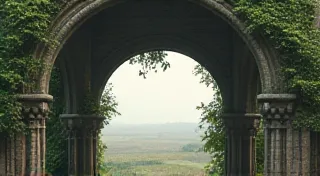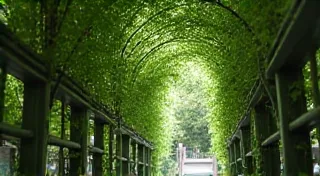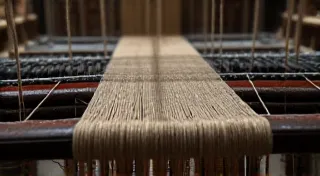Resonance and Rupture: The Role of Technology in Preserving or Threatening Regional Speech
There’s a particular sound that conjures a world fading. It’s the wheeze and sigh of an antique accordion, its bellows working tirelessly to coax melodies from its buttons. I remember my grandfather, a man who built houses with his hands but spoke in a dialect so thickly layered with local color that outsiders often struggled to understand him. He played that accordion – a battered, lovingly cared-for instrument – and the music was inextricably linked to the speech, to the landscape, to a way of life that seemed ancient and immutable. That sound, that dialect… they’ll both be harder to hear soon, and I’m not entirely sure who’s to blame.
For centuries, regional dialects were the vibrant tapestry of a language. They weren’t simply different ways of saying the same thing; they were expressions of identity, history, and community. The rolling ‘r’s of the Appalachian mountains, the drawl of the Deep South, the lilting cadence of the Scottish Highlands – each a testament to the unique experiences and migrations that shaped those communities. These weren’t arbitrary quirks; they were embedded in the very fabric of daily life, passed down through generations in kitchens, on farms, and around firesides. The craftsman who built the accordion, too, was part of this legacy – skilled hands shaping metal and wood into an instrument capable of capturing and broadcasting those sounds, that feeling of home.
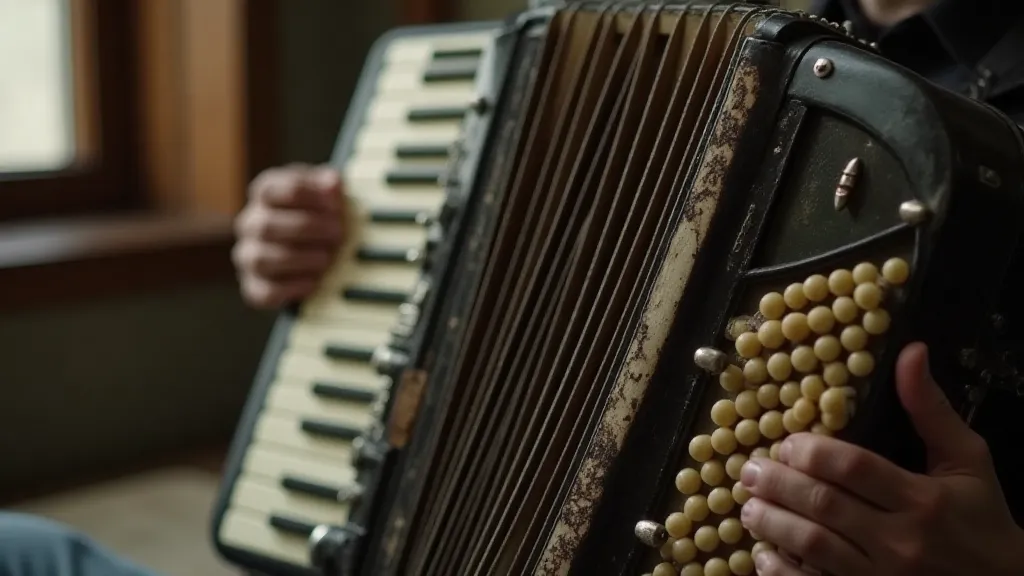
The Rise of Standardized Language and its Impact
The beginnings of the shift were subtle. With the rise of mass education in the 19th and 20th centuries, efforts were made to standardize language. The idea was to create a common tongue, a linguistic bridge to facilitate communication across regions. While the intentions were noble – promoting understanding and national unity – the consequence was a gradual erosion of local variation. Children were often discouraged from speaking their regional dialects in schools, being corrected and pushed towards a perceived "correct" form of the language. This homogenization wasn’t solely an academic concern; it touched every aspect of culture, subtly altering the landscape of shared experience. Understanding how these boundaries are shaped requires a deeper look, much like a cartographer painstakingly documents unseen territories - a skill explored in detail in an article on mapping the unseen boundaries of local language.
My grandfather resisted this pressure. He taught me phrases I’m not sure I’ve heard anywhere else, turns of phrase that transported me to his childhood, to a world where storytelling and community were paramount. He lamented, though, that his own children, growing up in a more mobile and interconnected world, were losing that fluency. “They’ll forget how to talk like this,” he’s often said, his voice tinged with sadness. He recognized the inevitability of change, but the loss felt deeply personal, a severing of ties to his ancestors. He understood that language’s not simply about conveying information, but also about the nuanced expressions of humour and identity. The subtleties of regional dialects are a unique source of creativity and the inspiration for countless poets, an aspect beautifully illustrated in The Poet’s Quarry: Finding Inspiration in the Rhythms of Local Speech.
Technology’s Double-Edged Sword
And then came technology. Initially, it seemed like a potential savior. Radio broadcasting, for a time, allowed regional voices to be heard across vast distances, preserving some of that local flavor. But the rise of television, with its emphasis on a standardized broadcast language, accelerated the trend towards homogenization. Now, with the dominance of social media and online communication, the pressure has intensified exponentially.
Think about it: children are consuming media produced for a global audience. They're exposed to a curated, often artificial, version of “correct” language. Their interactions online, while ostensibly connecting them to the world, often push them to adopt a neutral, universally understandable form of communication. The subtle nuances, the unique expressions – they’re slowly being replaced with a bland, homogenized dialect of the internet. This loss of local color is not just a linguistic phenomenon; it’s a cultural one, impacting our sense of place and belonging.
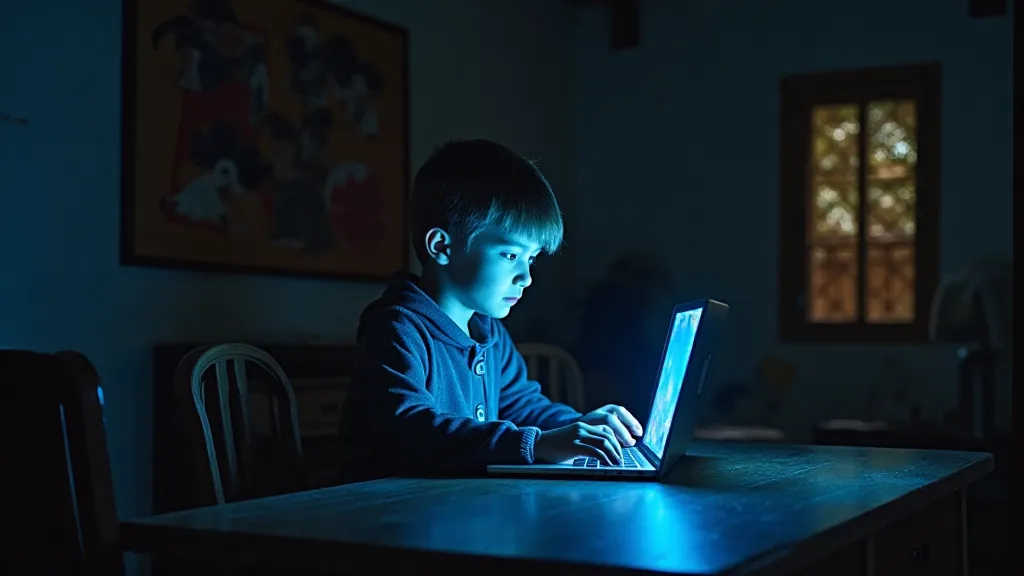
The Preservation Paradox: Can Technology Save What It Threatens?
However, the story isn't entirely bleak. Technology, the very force driving the homogenization, also presents opportunities for preservation. Digital archives are being created to record regional dialects, capturing the voices and stories of communities before they disappear. Online platforms are providing spaces for people to connect and share their local language traditions. Linguists and community activists are using technology to develop interactive language learning tools and resources. The effort to capture and document these vanishing voices is a complex process, intertwined with broader narratives of colonialism and its impact on linguistic diversity. This connection is often overlooked, and warrants exploration; consider an article examining Echoes of Occupation: How Colonialism Shaped Regional Speech to deepen this understanding.
My grandfather’s accordion sits in my living room now. It needs some repair; the bellows are brittle, and some of the keys are sticky. It’s a tangible link to a fading world, a reminder of the importance of preserving not just language but also the crafts and traditions that underpin it. Restoring that accordion isn't just about fixing an instrument; it’s about restoring a connection to the past, to the skills and artistry of those who came before. The care and attention required to maintain such an instrument echoes the efforts to preserve language; both are reflections of a deeper cultural value – a reverence for tradition and the legacy of human creativity.
Restoring More Than Just Words: A Craftsmanship Connection
The craftsman who originally built it poured their heart and soul into their work. The precision, the attention to detail – it's a testament to the value placed on quality and longevity. Just as we need to preserve regional dialects, we need to champion the skilled artisans who create the objects that embody those traditions. The humor embedded within regional speech often serves as a rich source of creative expression, much like the meticulous craftsmanship involved in creating instruments like this accordion. Exploring The Cartography of Humor: Finding the Funny in Regional Dialects provides a unique perspective on cultural identity and the human capacity for joy.
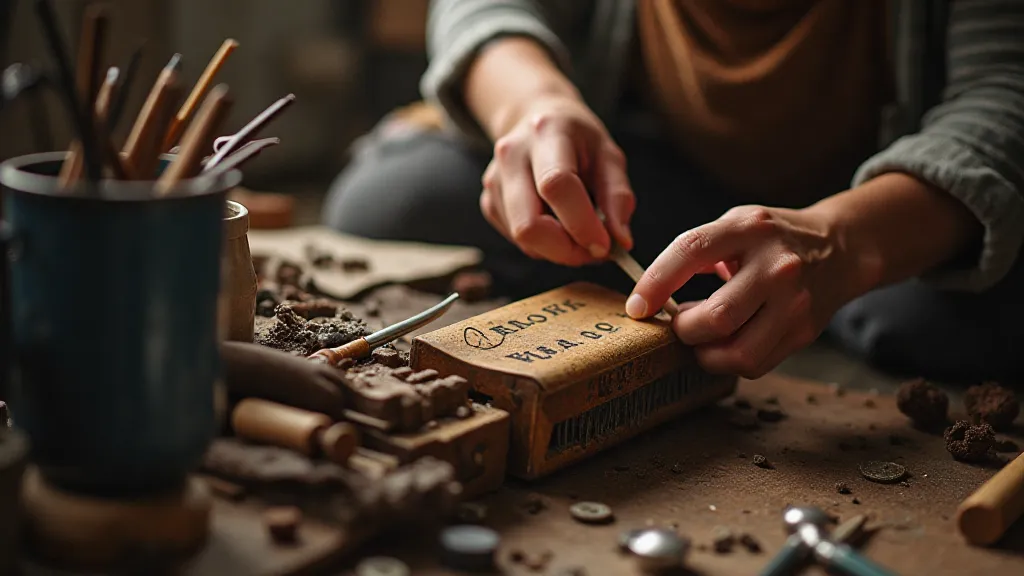
Looking Ahead: A Future of Linguistic Harmony
The future of regional dialects is uncertain. The forces of globalization and technological advancement will undoubtedly continue to exert pressure towards homogenization. But there's also a growing awareness of the importance of linguistic diversity. It’s possible to envision a future where technology is harnessed not to erode, but to celebrate and sustain regional speech. A future where children learn not only standard language but also the dialects of their ancestors, understanding that linguistic variation is a source of strength, not weakness. This requires a conscious effort to safeguard cultural heritage and celebrate the richness of human expression.
Perhaps, one day, that wheeze and sigh of an antique accordion, accompanied by the unique cadence of a regional dialect, will be heard not as a relic of the past, but as a vibrant and integral part of a richly diverse linguistic landscape. And perhaps, I’ll be able to teach my own children to speak like my grandfather, to carry on that legacy of sound, of story, of home. We need to actively cultivate an appreciation for the subtle nuances and variations that make each dialect unique and valuable.
